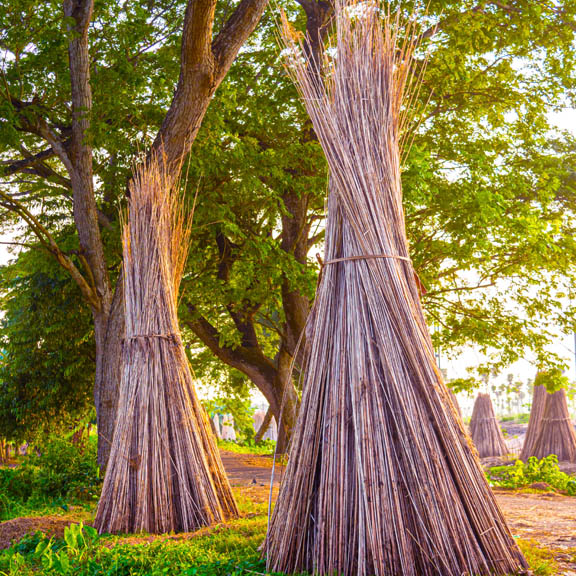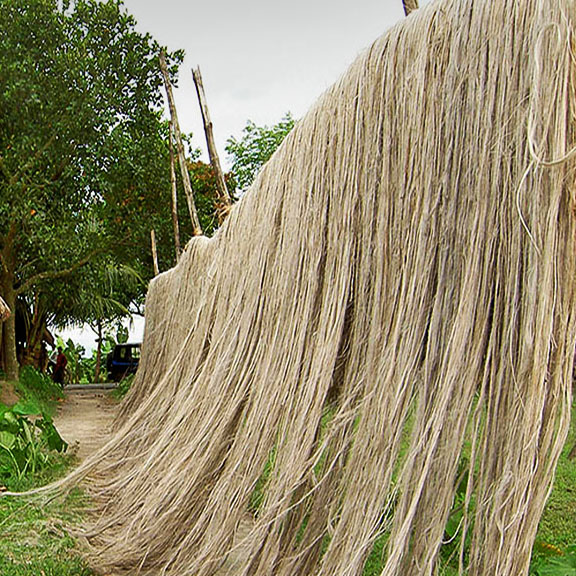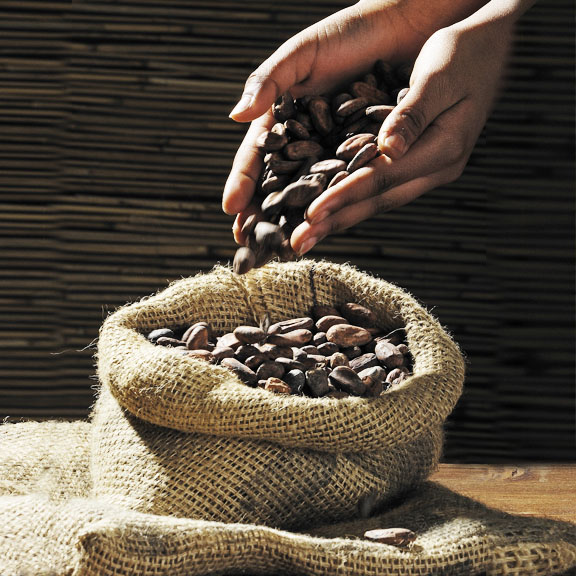What Is Jute?
The word “jute” is derived from the Bengali word, jhūṭo meaning matted hair. A soft, shiny vegetable fiber, jute is obtained from the bark of the Corchorus olitorius and Corchorus capsularis plants. Often known as the "golden fiber" due to its versatility and consistency, jute comes second only to cotton in terms of production volume and plays a vital role in India and other economies of the Indian subcontinent.
In South Asia, the jute fiber has for centuries been historically documented in its use for clothing, rope/twine making and other purposes. Archaeologists in Iran have found jute existing since the Bronze Age.
Besides other materials, the ancient Chinese also used jute for making paper. In the eighteenth century, the British East India Company sent the first shipment of jute to Scotland for use primarily in cordage manufacturing.


In the late 1700s, the Scottish city of Dundee was home to a developing business. Jute, which up until that time was difficult to process mechanically, was subjected to a revolutionary process for batching with whale oil and water in a modified spinning machine. Thus a more efficient and effective method of spinning flax and jute fibers into yarn was discovered.
It wasn't until 1822 that the manufacture of commercial jute yarn began in U.K. and 1855 when the first jute mill commenced operations near the Hoooghly river, outside Calcutta. The subsequent increase in demand made Calcutta (now Kolkata) a hub for jute materials. Jute quickly took over as the world’s preferred fiber after supplies of flax and hemp originating from Russia dwindled due to its involvement in the prevailing war and internal unrest.
In 1947, after India gained independence (and was partitioned), bulk of the jute production remained in East Pakistan (now Bangladesh) where several new facilities were built to process the abundant supply of raw jute.
Today India, along with Bangladesh is a world leader in the production of Tossa jute (Corchorus olitorius) which is both softer as well as more durable than white jute (Corchorus capsularis).
The advent of technology resulted in a growth in a wide range of diversified jute products from the simple such as mats, floor coverings, carry bags and handicrafts to the more complicated such as geotextiles, paints and even cosmetics.
A highly versatile fiber, jute is recyclable, 100% biodegradable and sustainable as growing it requires much lesser amounts of fertilizer and water when compared with cotton. Jute is used not just for making clothes, ropes, rugs and other household products. The largest use of jute is in gunny sacks and bags (often referred to as burlap or hessian) to store and ship a wide range of agricultural commodities like coffee beans.Jute, Burlap and Hessian:
The words Jute, Burlap and Hessian are used interchangeably although there is a difference between them. Jute is the fiber from which Burlap or Hessian cloth is made (usually by blending Jute with other vegetable fibers).
The word, ‘Burlap’ having no known origin, is more commonly used in America whereas ‘Hessian’ is mainly used in Europe since the word has German roots.

